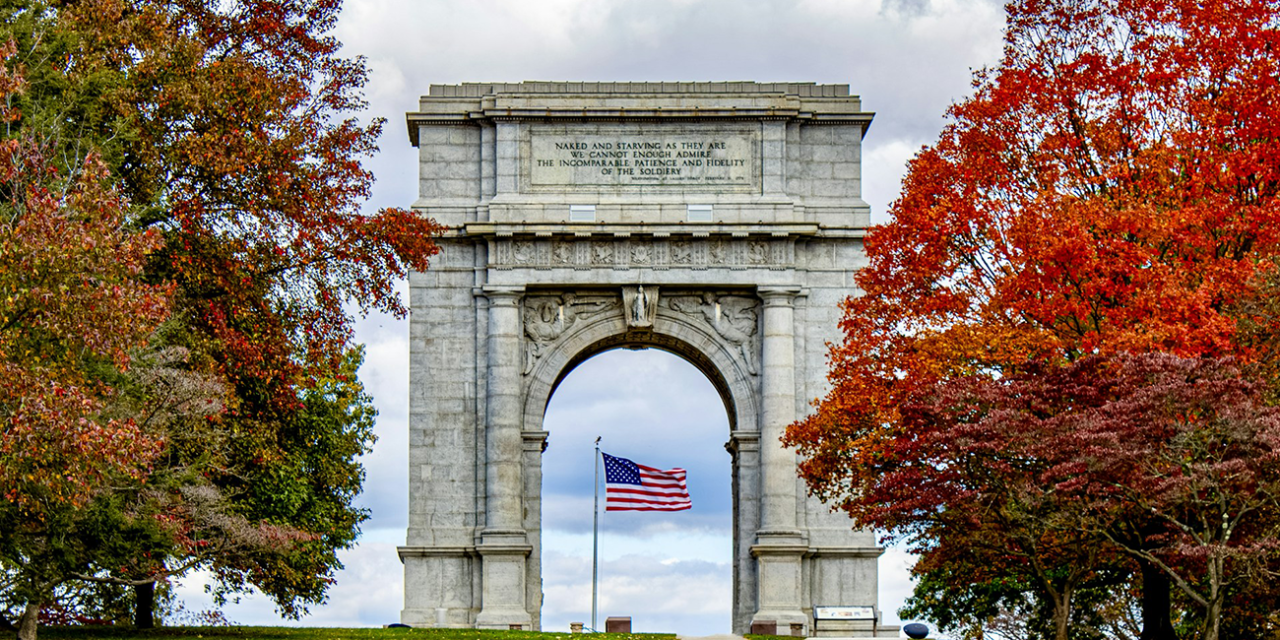The American Revolution, which took place from 1775 to 1783, was a seminal event in world history that led to the independence of the thirteen colonies in America from British rule.
This transformative period saw the emergence of the United States as an independent nation and set the stage for creating a new government based on democratic principles.
Below, we delve into the key events, causes, and consequences of the American Revolution.
Table of Contents
Causes of the American Revolution
Colonial Discontent
Several factors contributed to the growing discontent among the American colonies.
- Economic Restrictions: The British government imposed various taxes and trade restrictions on the colonies, such as the Sugar Act (1764), the Stamp Act (1765) that occurred, and the Townshend Acts (1767). These acts aimed to raise revenue but were met with fierce opposition due to the need for colonial representation in Parliament.
- Political Autonomy: Colonists increasingly resented British interference in their local governance. The idea of “no taxation without representation” became a rallying cry.
- Intellectual Influences: Enlightenment ideas about natural rights, government by consent, and liberty influenced colonial leaders and thinkers.
These factors created a foundation of resistance against British authority.
Escalating Tensions
Tensions between the colonies and Britain escalated through various events and acts of defiance.
- Boston Massacre (1770): A confrontation in Boston where British soldiers killed five colonists, which fueled anti-British sentiment.
- Boston Tea Party (1773): In response and as a demonstration against the Tea Act, colonists, disguised as Mohawk Indians, dumped British tea into Boston Harbor as a protest against taxation.
- Intolerable Acts (1774): A series of punitive measures by Britain in response to the Boston Tea Party, including the closure of Boston Harbor and the revocation of Massachusetts’ charter.
These incidents heightened the sense of injustice and pushed the colonies toward unity and action.
Key Events of the American Revolution
The Beginning of Armed Conflict
The American Revolution began with armed conflict between British forces and colonial militias.
- Battles of Lexington and Concord (April 1775): These two battles marked the very start and beginning of the Revolutionary War, with the “shot heard ’round the world” igniting open conflict.
- Second Continental Congress (May 1775): Delegates from the colonies convened to coordinate the war effort and eventually appointed George Washington as the commander-in-chief of the Continental Army.
These early battles and decisions set the stage for a prolonged conflict.
Declaration of Independence
The formal declaration of the colonies’ intent to seek independence was a pivotal moment.
- Declaration of Independence (July 4, 1776): Drafted and written by Thomas Jefferson as history tells and adopted by the Continental Congress, the Declaration outlined the philosophical justifications for independence and listed grievances against King George III.
This document asserted the colonies’ right to self-governance and inspired other independence movements worldwide.
Major Battles and Campaigns
Several key battles and campaigns defined the course of the war.
- Battle of Saratoga (1777): This battle was a turning point in the war. The American victory convinced France to enter the conflict as an ally of the colonies.
- Winter at Valley Forge (1777-1778): Under Washington’s leadership, the Continental Army endured a harsh winter and emerged stronger due to training and discipline reforms.
- Siege of Yorktown (1781): The decisive victory by American and French forces over the British army eventually ended the war.
These military engagements were crucial in securing American independence.
Treaty of Paris
The war officially ended with the signing of a peace treaty.
- Treaty of Paris (1783): The treaty recognized American independence and established the new nation’s boundaries. Britain ceded control of the territory east of the Mississippi River to the United States.
The Treaty of Paris marked the successful conclusion of the American Revolution.
Consequences of the American Revolution
Political Changes
The Revolution led to significant political transformations in the new nation.
- Constitutional Development: The Articles of Confederation initially governed the United States, but weaknesses in this framework led to the happenings of the Constitutional Convention of 1787 and the drafting of the U.S. Constitution.
- Republican Ideals: The new government was based on republican principles, emphasizing the separation of powers, checks and balances in the system, and the protection of individual liberties.
These political developments laid the foundation for the American democratic system.
Social and Economic Impacts
The Revolution also brought about social and economic changes.
- Abolition of Aristocratic Privileges: The Revolution dismantled colonial aristocracies and promoted social mobility and meritocracy.
- Economic Disruption and Recovery: The war disrupted trade and agriculture, but post-war recovery led to economic expansion and the establishment of a more diversified economy.
These changes reshaped American society and its economic landscape.
Global Influence
The American Revolution had a profound impact beyond the United States.
- Inspiration for Other Revolutions: The principles of the Revolution inspired subsequent movements, including the French Revolution and independence movements in Latin America.
- Shift in Global Power: The Revolution marked the beginning of the decline of British colonial power and the rise of the United States as an influential global entity.
The legacy of the American Revolution continues to influence global politics and ideologies.
American Revolution Q&A
Q: What were the main causes that started the American Revolution?
A: The main causes that started the American Revolution included:
- Economic restrictions imposed by Britain.
- Political autonomy was desired by the colonies.
- Intellectual influences from Enlightenment thinkers.
These factors created widespread discontent and a desire for independence.
Q: What was the significance of the Declaration of Independence?
A: The Declaration of Independence, which was adopted and established on July 4, 1776, articulated the colonies’ reasons for seeking independence and outlined the philosophical justifications for self-governance. It is a seminal document in American history and a symbol of liberty worldwide.
Q: Which battles were turning points in the Revolutionary War?
A: Key battles include the Battles of Lexington and Concord, the Battle of Saratoga that happened, and the Siege of Yorktown. These battles were crucial in shaping the outcome of the war and securing American independence.
Q: How did the American Revolution influence other nations?
A: The Revolution inspired other independence movements, including the French Revolution and Latin American independence movements. It also marked the beginning of the decline of British colonial power.
Q: What were the long-term effects of the American Revolution on the United States?
A: The Revolution led to the establishment of a new government based on republican principles, significant social and economic changes, and the emergence of the United States as a global power. The political and ideological legacy of the Revolution continues to shape American society.
The American Revolution was a defining moment in history that reshaped the world’s political landscape.
By examining its causes, key events, and consequences, we gain a deeper understanding of the birth of the United States and its enduring impact on global history.





